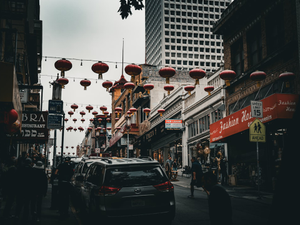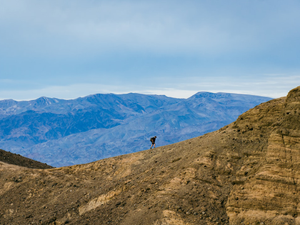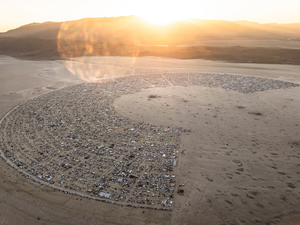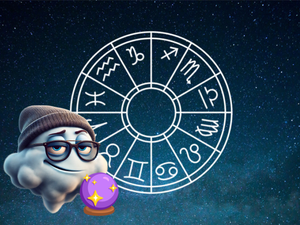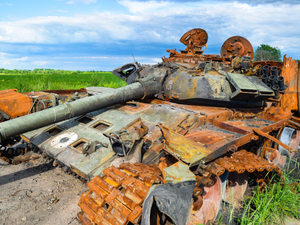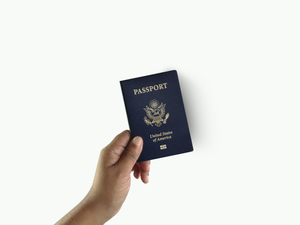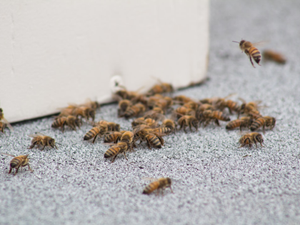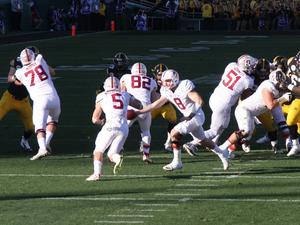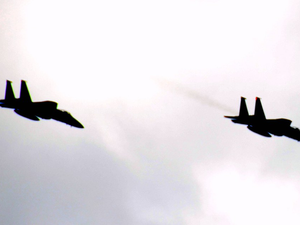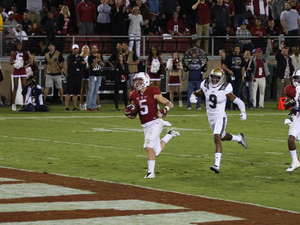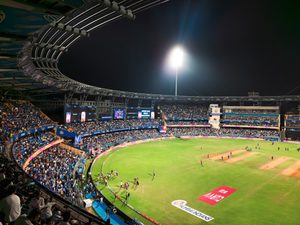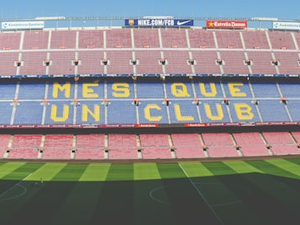Nature's Revenge: Why the Faroe Islands Will Test Your Survival Skills (and Sanity)
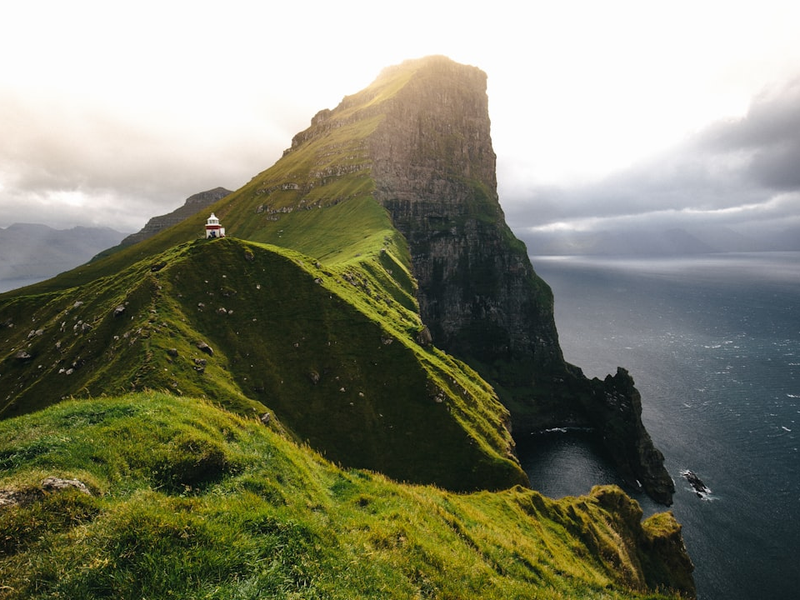
Photo by Marc Zimmer on Unsplash
Imagine a place where sheep roam treacherous cliffs, storms laugh in the face of human plans, and tourists are basically just one wrong step away from becoming a cautionary tale. Welcome to the Faroe Islands, the adventure destination that makes your Instagram-worthy travel dreams look like a kindergarten field trip.
Nestled in the north Atlantic, these 18 windswept islands aren’t just another tourist trap – they’re a full-blown environmental challenge disguised as a travel destination. With landscapes so dramatic they literally killed James Bond (cinematically speaking), the Faroe Islands are pushing the boundaries of what we consider “vacation”.
Nature: 1, Tourists: 0
The local tourism board doesn’t sugarcoat the experience. Their official “stormcation” pitch comes with a hilarious warning: ferocious winds can literally toss cars, bicycles, and unsuspecting sheep like they’re confetti. Three tourists vanished near a seaside waterfall in September, serving as a chilling reminder that these islands don’t mess around.
Not Your Average Destination
Despite the potential peril, the Faroe Islands are attracting adventurers with their unique blend of rugged beauty and emerging infrastructure. Undersea tunnels (including the world’s first underwater roundabout) are connecting these isolated landscapes, while a growing number of Airbnb listings hint at increasing accessibility.
Survival of the Smartest
The islands aren’t just sitting back and letting tourism run wild. They’ve implemented a brilliant “closed for maintenance” program where volunteers help preserve the delicate ecosystem. Self-guided tours strategically redirect tourists from overcrowded paths, ensuring both visitor experience and environmental protection.
If you’re the type who thinks “adventure” means more than a perfectly filtered beach selfie, the Faroe Islands might just be your spirit destination. Just remember: when nature calls here, it’s not a metaphor – it’s a potential fight for survival.
AUTHOR: rjv
SOURCE: The Mercury News

